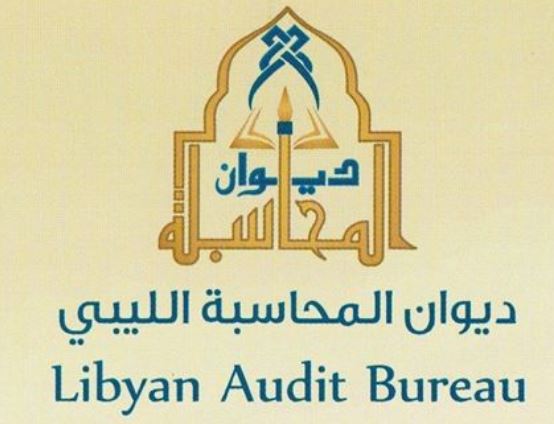The Minister of Economy and Trade, Mohamed Al-Hwej, held a meeting at the Ministry’s Tripoli headquarters with members of the committee he chairs charged with determining the gap between the official and parallel exchange rates on the black market and strengthening the Libyan dinar against foreign currencies.
The meeting was in the presence of the Minister of Finance, Khaled Al-Mabrouk, the Minister of Transportation, Mohamed Al-Shahoubi, and the Undersecretary for Commercial Affairs, Suhail Abu Shiha, the Director General of the National Economic and Social Development Board (NESDB), Mahmoud Al-Futaisi, members of the committee, in addition to the presence of the representative of the National Oil Corporation, the Director of the Corporation’s Studies and Research Department, and the Director of the Banking Supervision Department, representing the Central Bank of Libya.
Strengthening the Libyan diner
Commenting exclusively to Libya Herald on the meeting and its results, Fawzi Wadi, the Media Spokesman for the Ministry of Economy and Trade, said the committee met to review the tasks assigned to it in accordance with cabinet decision No. 739 of 2023. This entailed forming a committee headed by the Minister of Economy and Trade determining the gap between supply and demand for foreign currency, strengthening the Libyan dinar against foreign currencies and providing a report on the matter.
A package of monetary measures needed
Wadi pointed out the Minister of Economy’s emphasis on achieving the assigned tasks, which require the need to harmonize the state’s financial, monetary, and trade policies, which necessarily requires taking a package of monetary measures from the Central Bank of Libya that are sufficient to determine the real growth rate of demand for foreign currency according to international and internal economic variables.
He noted that the committee focused on the operations of supplying foreign currencies through the banking system and the supply in the parallel market and the consequences of that on the purchasing power of the Libyan dinar. He said this cannot be done in isolation from the comparison between the balance of payments for the year 2023 and the expected revenues from foreign currency for the next year. He said there is a need to reduce the deficit between them to reach proposals and solutions to the economic, monetary and financial requirements of the state.
US$ 11 bn deficit up to October 2023
It is worth noting that the Central Bank of Libya announced that public revenues until the end of last October of 2023 amounted to 96.6 billion dinars, compared to spending of 83.6 billion dinars during the same period.
Explaining that foreign exchange revenues amounted to 19.7 billion dollars, while the total uses of it amounted to 30.6 billion dollars, with an estimated deficit of 11 billion dollars.












